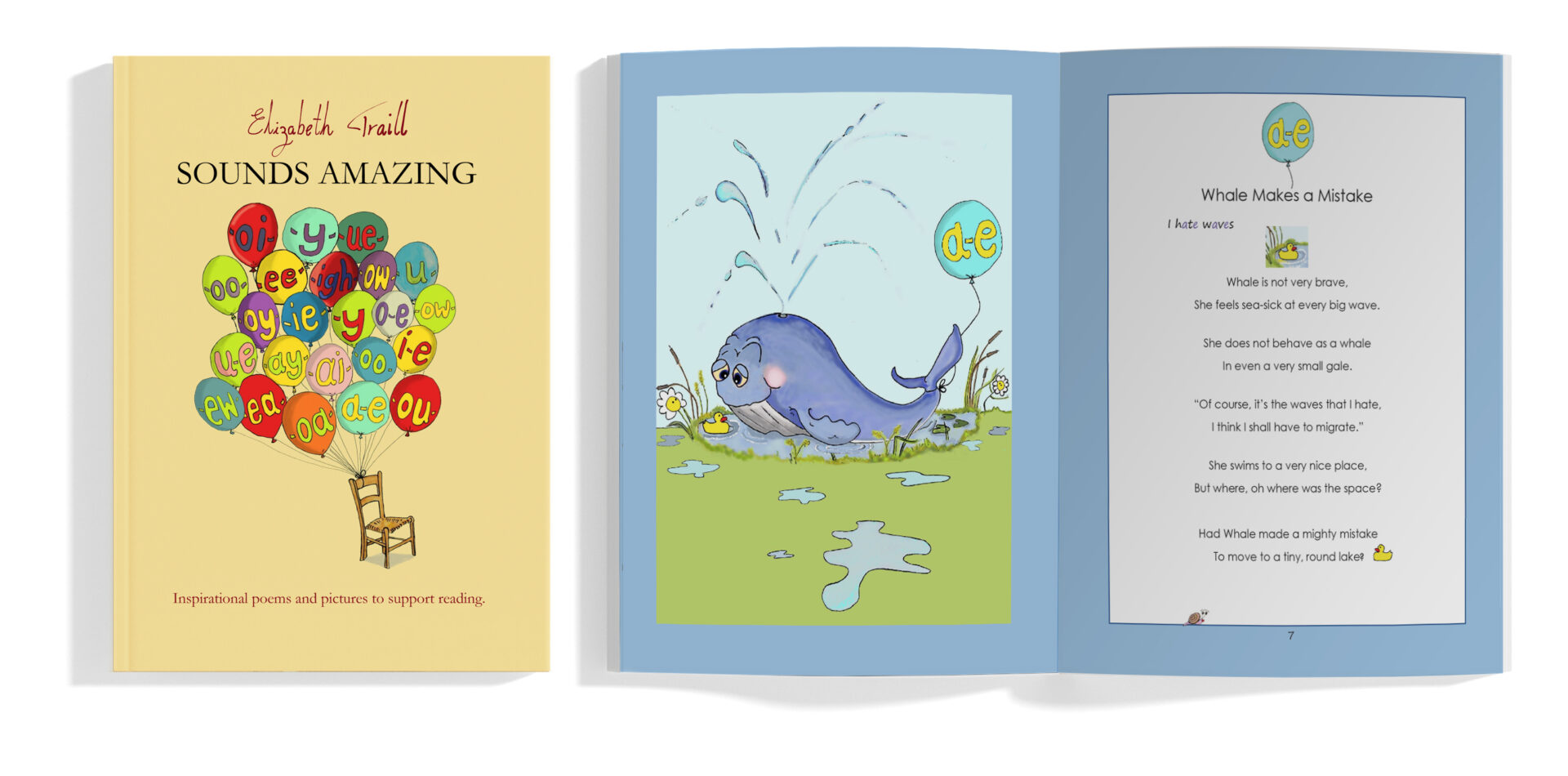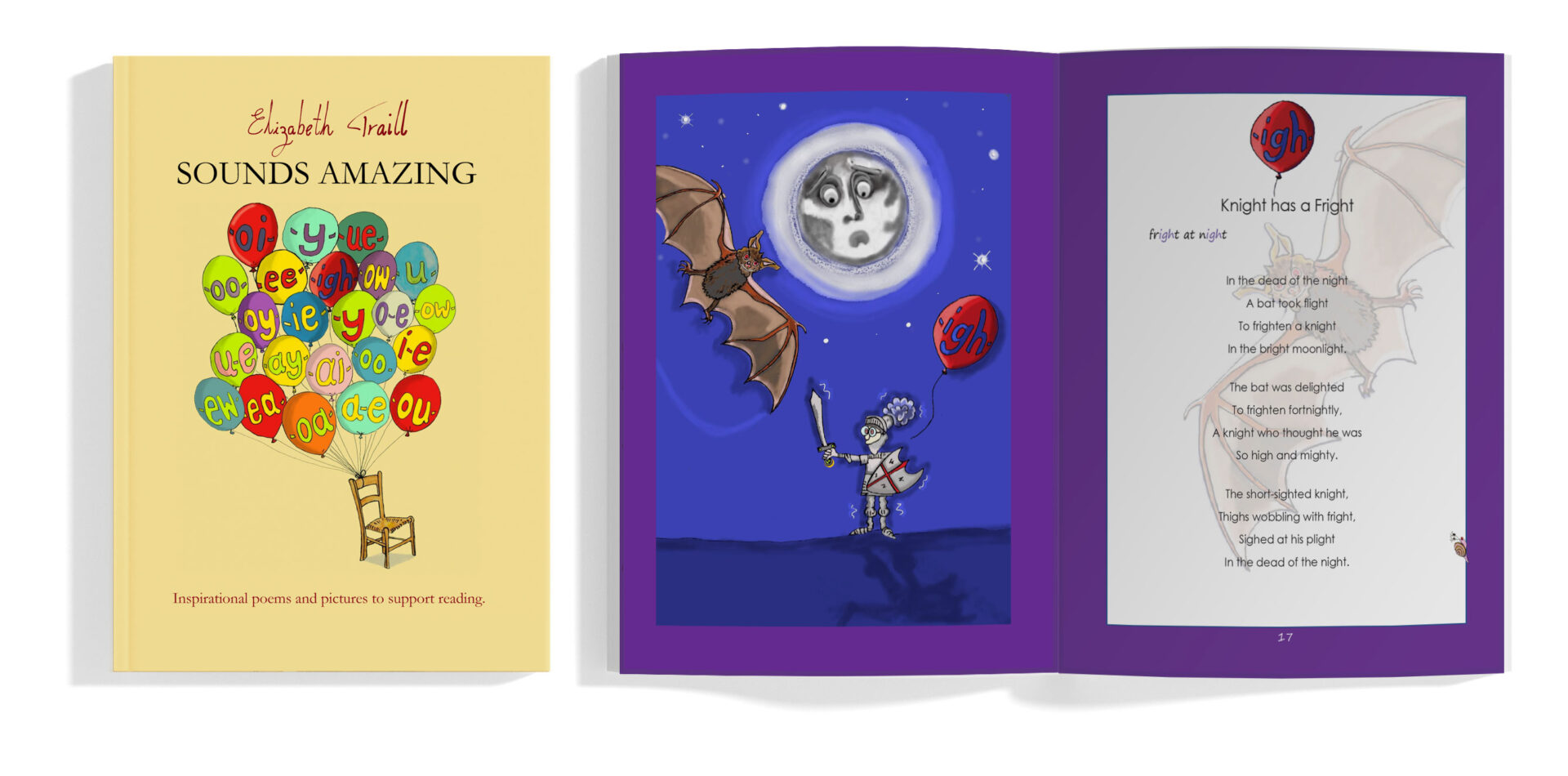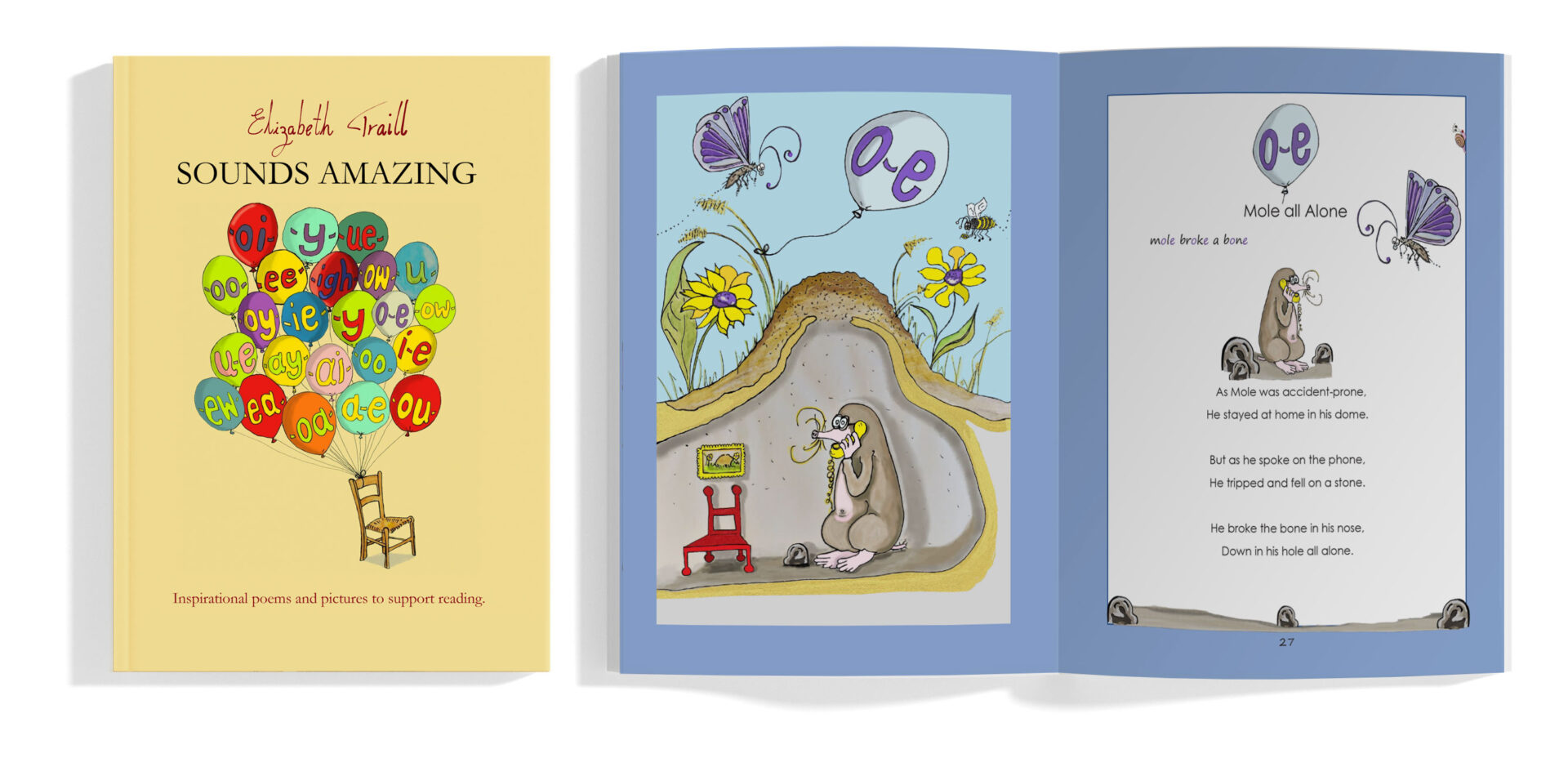Phonological Awareness is the most potent predictor of success in learning
Keith Stanovich
Cognitive scientist and psychologist (1994)
Why this book works
This book works on many important levels in the development of reading, writing and spelling.
Phonological awareness (being able to discriminate and manipulate sounds within words) is one of the most important metacognitive skills. Confidence with phonological skills will ensure a smoother transition into literacy; as Keith Stanovich reports, “ Phonological Awareness is the most potent predictor of success in learning to read.” (Cognitive Scientist and Psychologist, 1994).
The book consists of rhymes which focus on just one phoneme at a time. This is particularly important as very often the same sound is represented by different letter combinations (ie. lake, hay, paint); leading to potential confusion.
To ensure a smooth transition to literacy only one sound (phoneme) is repeated with the same letter combination throughout the poem (ie. make, cake, bake). This repetition, coupled with the rhythm and rhyme, contribute to overlearning (locking it into memory).
As the building block of sound becomes more familiar, the focus shifts from recognising and remembering it, to enjoying and having fun with it. The bright and delightful illustrations create a wonderful image, contributing to phonemic visualisation and memory.
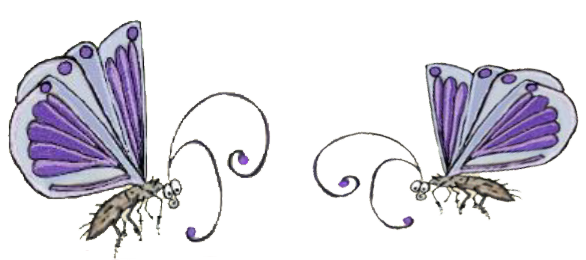
The ‘Sounds Amazing’ poems were written in the knowledge of strong scientific research and built on evidence of the importance of phonological skills on the path to literacy.
Phonological skills
The phonological skills that are needed will develop intuitively whilst enjoying either listening to or reading the text within the poem. As readers familiarise themselves with the characters on each page and the dilemmas that many of them face, they are best enjoyed, sympathised with and laughed at, shared or alone.
I would suggest starting each poem by listening to someone reading the poem to you. Listen carefully to the sounds you hear. Can you hear one sound more than the others?

Buy now for only £7.99
Free UK delivery with all orders
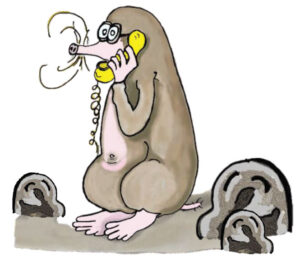
Getting the most from the book
1. Have a peek at the illustration.
2. Can you see what is going on in the picture?
3. Spot the phoneme (sound) in the balloon.
4. Think it in your head, visualise the balloon in the picture.
Close your eyes. Can you still see it? Now say the sound.

5. Are you feeling confident? Try to sound out and/or read the short text underneath the title. Well done that’s a brilliant start!
6. Now see if you can spot some words with the focus sound. Can you sound out the word/read it?
7. Next time someone reads the poem with you, you can read some of the words to them. That’s fantastic!
8. Use the picture to help you anticipate what might be going on in the poem.
9. Move slowly through the poem; sounding out any words you may be unfamiliar with.
10. Have patience, read the poem one line at a time.
11. Can you decode any of the words that might be using the same phoneme?


